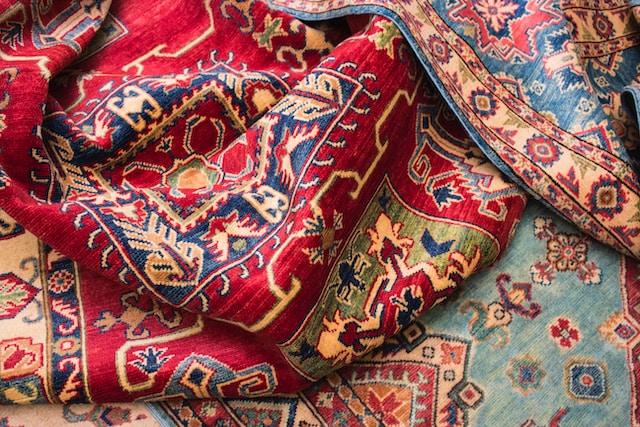There are a few steps that you can take to dry your wet carpet. You can use a dehumidifier or a heater to get the water out of your carpet. It would help if you also considered using ventilation. If the carpet is dry outside, you can peel it back to expose the carpet pad. Without exposure, the pad will not dry. Peel back the carpet fibers with your thumb, and you may hear a crackling or tearing sound. It is caused by the tack strip that ties the pad and carpet together. You can then use a shop vac to remove the excess water.
Ventilation helps to dry wet carpet
One of the best ways to dry a wet carpet is by using fans. High-powered oscillating fans work best for this purpose. Additionally, you can open windows to let air circulate in the room. However, this method will not work on very humid or cold days. Regardless, it will help speed the drying process.
Opening windows will reduce the time it takes for your carpet to dry. Furthermore, fresh air will circulate through the room, removing any chemical odors. The air will also clear dust and musty smells that may be stuck in the carpet fibers. If you cannot open windows for ventilation, you’ll be stuck with a wet carpet for a long time.
If the carpet has been soaked for several hours, it’s best to remove the wet padding. Then, place large fans or other types of ventilation above it to accelerate the drying process. You may need to cut the pad into sections if it is heavy. Alternatively, you can also use a dehumidifier.
Using a dehumidifier will help remove any excess moisture from the padding, which will help the carpet dry faster. A dehumidifier will also promote airflow in the room. If you don’t have a dehumidifier, you can use a wet vacuum hose connected to the exhaust of your regular vacuum. The hot air from the vacuum will be forced underneath the wet carpet, which will speed up the drying process.
Using a towel
Using a towel to dry the wet floor is a great way to remove excess moisture. To start, lay the towels over the wet area and press them gently. Repeat until you have achieved the desired effect. Sometimes, a wet vacuum cleaner, blower, or fan can help dry the area.
Another option is to use a shop vac or towels to dry the carpet. This method is effective for medium-sized carpets but requires a lot of patience. A medium-sized carpet will take a day or two to dry, and large carpets may take up to three days. You will need commercial drying equipment or a professional damage restoration company for larger carpets.
Using a dehumidifier
Using a dehumidifier to dry your wet carpet is an effective way to remove excess moisture. Even the smallest amount of water can cause damage down the line. Keep your carpet clean and dry as often as possible to prevent these problems.
Another thing you should know about wet carpets is that they can grow dangerous mold and mildew if left to air-dry. While many homeowners try to save money by removing wet carpets, it’s best to hire a professional to handle the situation if you have extensive water damage. Companies like Alorair specialize in dehumidification and moisture control. It’s also a good idea to move out any affected furniture. Other household items will absorb the dampness. If you can, take them outside to air-dry.
Dehumidifiers can help to remove excess moisture from carpets by ejecting dry air that removes more water than it can absorb. Many dehumidifiers are powerful enough to dry a twenty-five square meter room in twelve hours or less and can also be used to dry out a wet carpet in winter.
Once your carpet is dry, you can use a shop vac to extract water from it. Shop vacs can be purchased with attachments suited for different-sized carpets. It would help if you were sure to get one that fits onto the carpet pad and seals onto it. It is vital to ensure the filter is made for wet vacuuming, as paper filters tend to break down. You may also check National Restoration Network to help you with this.
Using a heater
Using a heater to dry wet carpets is an effective way to speed up the drying process. The extra warmth from a heater can accelerate the evaporation process. If you cannot use a heater, you can turn on an air conditioner to remove the excess moisture from the air. However, do not use the heater too often, as it can cause further damage to your carpet.


Leave a Reply